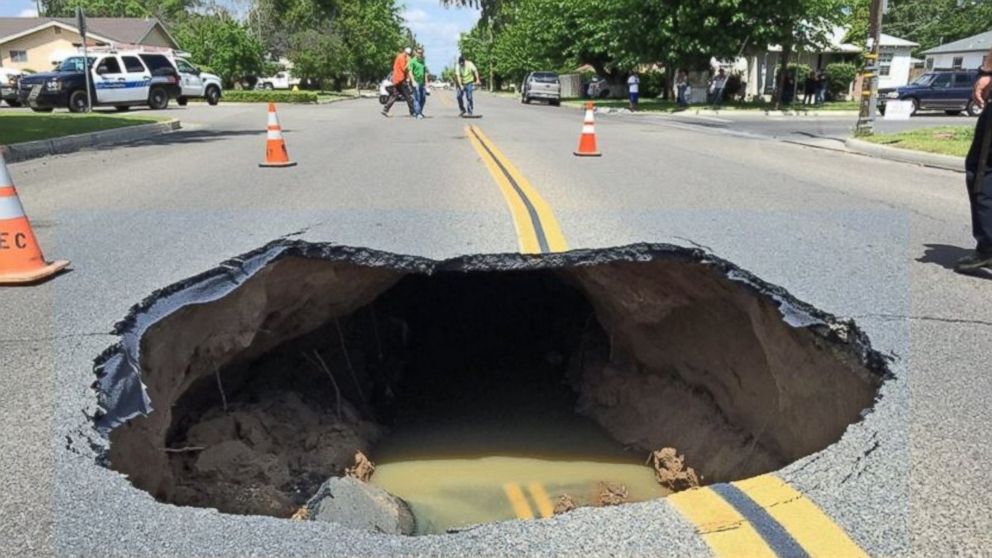This week in Frannie’s exploration of the Awesome Aquifer
Kit is all about the concept of erosion and weathering.
 |
| Photo credit: howtosmile.org |
Weathering is the slow destruction or wearing
away of soil or rock which is followed by the process of erosion, where the broken particles are then carried away. This is a very
important concept for groundwater and it can happen in two ways: mechanical weathering or chemical weathering.
Mechanical weathering is when rock or soil is physically broken down by constant exposure to flowing or moving water.
Imagine a river that’s moving quickly, picking up sand from
the beaches and carrying it downstream.
That’s an example of the beach being mechanically broken by the
stream, which carries the sand downstream and makes those beaches smaller. The same thing can happen
underground where, as water slowly flows and picks up particles of soil or
rock, the land might get worn down and even sink slightly.
If the sinking of the land occurs over a long period of
time, we call that subsidence.
Chemical weathering is when the rock or soil mixes with the
water and dissolves to become a new substance.
This usually happens when polluted rain seeps down into a
carbonate type of bed rock. The acidic
water comes into contact with the basic soil and changes the chemistry of the
rock so that it breaks down and forms new particles that move with the water
flow.
 |
| Photo credit: ABC News |
It is this kind of weathering and erosion that is usually the cause of
sinkholes, a type of sudden natural disaster that results with a large hole in
the ground. Frannie will show us more
about sinkholes next week.


No comments:
Post a Comment